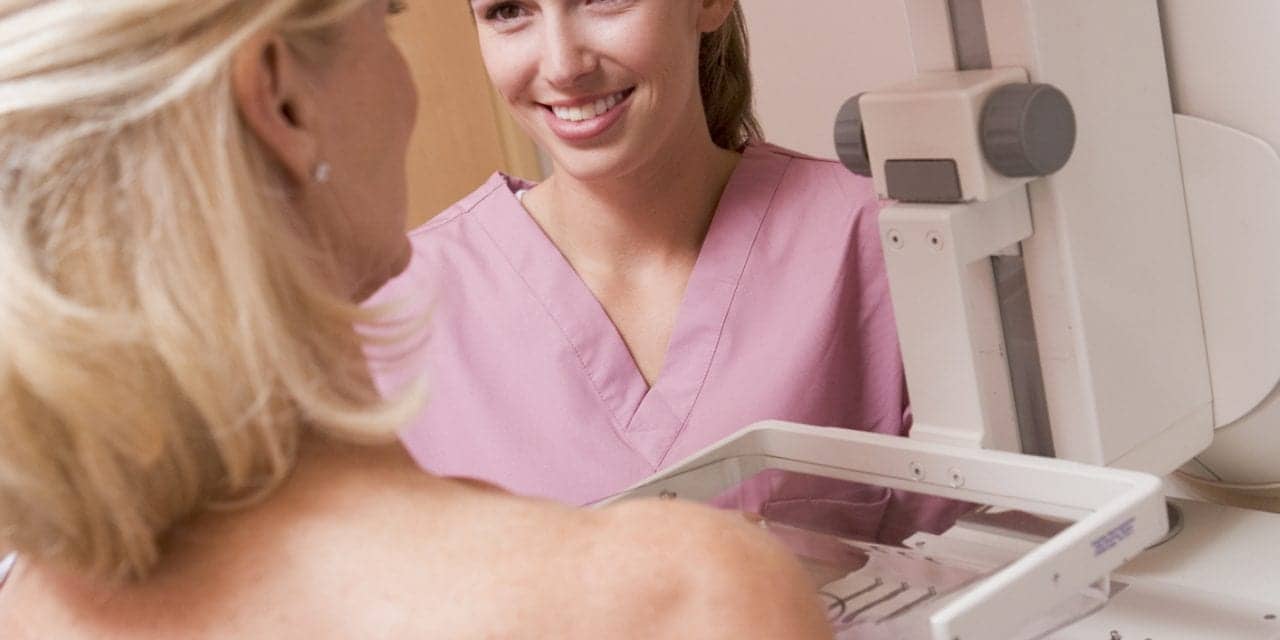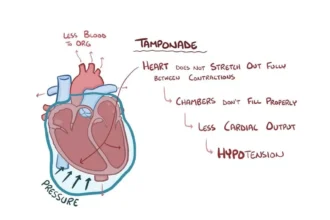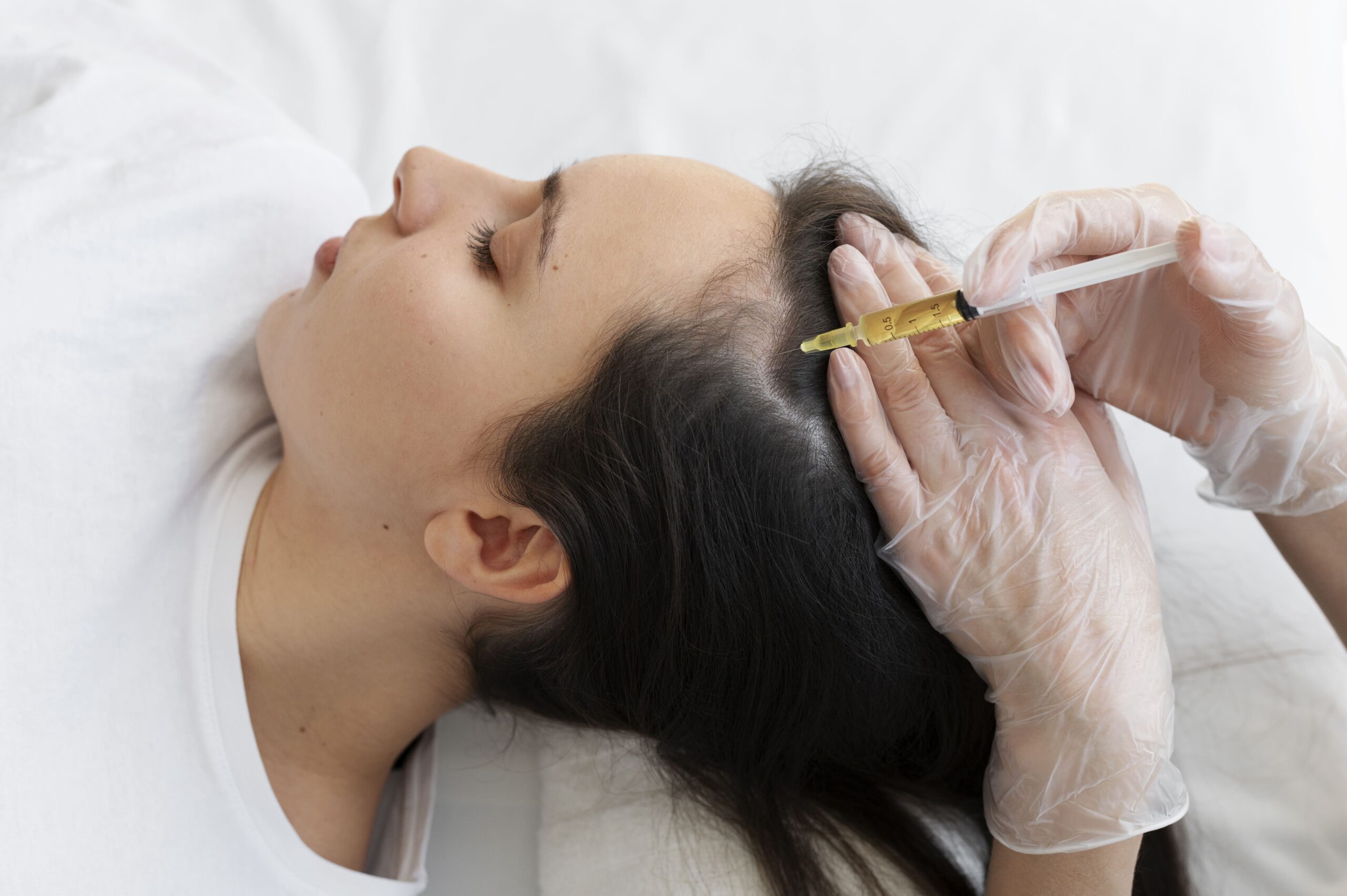In this blog post, we’ll explore the importance of breast care and early detection of breast cancer and provide you with valuable information to help you stay healthy and informed.
So let’s dive in!
The main cause of breast cancer
The exact cause of breast cancer is unknown, but various factors such as:
- genetics
- hormones
- and lifestyle factors may contribute to its development.
Breast Cancer Screening
Breast cancer screening is the process of testing women for breast cancer before they experience any symptoms.
The goal of screening is to detect it early, when it’s more easily treatable.
There are several methods of breast cancer screening, including:
- Mammography: This is the most common method of breast cancer screening. It involves taking X-ray images of the breast tissue to check for any abnormalities.
- Clinical breast exam: During a clinical breast exam, a healthcare provider checks the breasts for lumps or other abnormalities.
- Breast self-exam: Women can perform breast self-exams to check for lumps or other changes in their breasts.
- MRI: Magnetic resonance imaging (MRI) can be used as a screening tool for women who are at high risk of developing breast cancer.
The American Cancer Society recommends that women should start getting mammograms at age 40 and continue getting them every year as long as they are in good health.
Women who are at higher risk of breast cancer may need to start screening earlier and/or get additional tests, such as MRI.
It’s important to note that breast cancer screening has some limitations, including the possibility of false positives and false negatives.
False positives can lead to unnecessary additional testing and anxiety, while false negatives can lead to delayed diagnosis and treatment.
Women should talk to their healthcare provider about their individual risk factors and the best screening plan for them.
Signs and Symptoms
Common signs and symptoms of breast cancer may include:
- A lump or thickening in or near the breast or underarm area
- Changes in the size or shape of the breast
- Dimpling or puckering of the breast skin
- A nipple that turns inward (inverted nipple)
- Redness or scaling of the nipple or breast skin
- Discharge from the nipple (other than breast milk)
- Swelling or a lump in the armpit
It’s important to note that not all breast changes or lumps are cancerous. In fact, most breast lumps are benign (not cancerous).
However, any changes in the breast should be checked by a healthcare provider to rule out the possibility of cancer.
The earlier breast cancer is detected, the better the chances of successful treatment.
If you notice any changes in your breast, such as a lump or thickening, nipple discharge, or changes in the skin of your breast, you should make an appointment to see your healthcare provider.
They may recommend imaging tests, such as a mammogram or ultrasound, or a biopsy to determine if the changes are cancerous or not.
In summary, it’s important to be aware of the signs and symptoms of breast cancer and to have any breast changes checked by a healthcare provider.
Early detection is key to successful treatment and a better outcome.

Breast Cancer during Pregnancy
Breast cancer during pregnancy is a rare but serious condition that can affect both the mother and the developing fetus.
It can be difficult to diagnose and treat because of the changes that occur in the breast during pregnancy.
However, if breast cancer is detected early, it can be treated effectively, and the mother and baby can have a good outcome.
Here are some important things to know about breast cancer during pregnancy:
- Breast cancer can occur during pregnancy – Although it is relatively rare, breast cancer can occur during pregnancy.
- Symptoms of breast cancer can be similar during pregnancy – The symptoms of breast cancer during pregnancy are similar to those in non-pregnant women.
- Diagnosis can be challenging – Diagnosing breast cancer during pregnancy can be challenging because the changes that occur in the breast during pregnancy can make it more difficult to detect abnormalities.
- Treatment options may be limited – Treatment options for breast cancer during pregnancy depend on several factors, including:
- the trimester of pregnancy
- the size and location of the tumor
- and the stage of the cancer
- Support is available – Women who are diagnosed with breast cancer during pregnancy may feel overwhelmed and anxious
In summary, breast cancer during pregnancy is a rare but serious condition that requires prompt diagnosis and treatment.
Women who are pregnant or have recently given birth should be aware of the symptoms of breast cancer and should speak with their healthcare provider if they notice any changes in their breasts.
Early detection and treatment can improve the chances of a good outcome for both the mother and the baby.

Understanding Risk Factors
There are several factors that can increase a person’s risk of developing breast cancer. Some of the most common risk factors include:
- Gender: Women are more likely than men to develop it.
- Age: The risk of it increases as a person gets older.
- Family history: A personal or family history of it or certain genetic mutations, such as BRCA1 or BRCA2, can increase the risk of developing it.
- Previous breast conditions: Certain non-cancerous breast conditions, such as atypical hyperplasia, can increase the risk of developing it.
- Hormone exposure: Exposure to hormones, such as estrogen and progesterone, can increase the risk of developing it.
- Lifestyle factors: Factors such as obesity, lack of physical activity, and alcohol consumption can increase the risk of developing it.
It is important to note that having one or more of these risk factors does not mean that a person will definitely develop it.
However, it is important to discuss personal risk with a healthcare provider, as they can help assess individual risk and develop a personalized screening and prevention plan.
This may include regular mammograms, clinical breast exams, and lifestyle modifications to reduce risk.
Additionally, healthcare providers may recommend genetic counseling or testing for individuals with a family history of it or certain genetic mutations.
You may also be interested in: Women’s health and wellness
Resources and Support
There are many resources available for those diagnosed with breast cancer, including:
- Support groups: Support groups can provide emotional and practical support, as well as a sense of community for those diagnosed with it
- Counseling services: Counseling services can provide emotional support and help individuals cope with the challenges of it diagnosis and treatment.
- Patient navigators: Patient navigators are trained professionals who can help guide individuals through the healthcare system.
- Financial assistance: Many organizations provide financial assistance to help cover the cost of it treatment and related expenses.
- Educational resources: There are many educational resources available to help individuals learn about it diagnosis and treatment
- including:
- brochures
- websites
- and videos.
It is important to seek emotional and practical support during breast cancer treatment.
Breast cancer can be a challenging and emotionally draining experience, and seeking support can help individuals cope with the physical and emotional impact of the disease.
Support can come from a variety of sources, including family and friends, healthcare providers, and support groups.
It is important to remember that seeking support is a sign of strength, and that there are many resources available to help individuals and their loved ones through this difficult time.
Conclusion
breast cancer is one of the most common and dangerous types of cancer, and can impact the lives of both women and men.
However, awareness and early detection can reduce the impact of this disease and increase the chances of survival.
Therefore, we must all be vigilant and aware of any changes in the breast, and speak to our doctors and undergo necessary screenings regularly.
There are a variety of resources and support available for those who are diagnosed with breast cancer including:
- emotional support
- treatment
- and financial assistance.
We must all support these resources and encourage increased awareness of breast cancer and the importance of early detection.
So let us unite and work together to reduce the impact of breast cancer
promote awareness and early detection
and make sure that the necessary support and resources are available for those who are affected by this disease.
Only through collective action and movement can we achieve real progress in the fight against breast cancer and protect the health of women and men worldwide.













